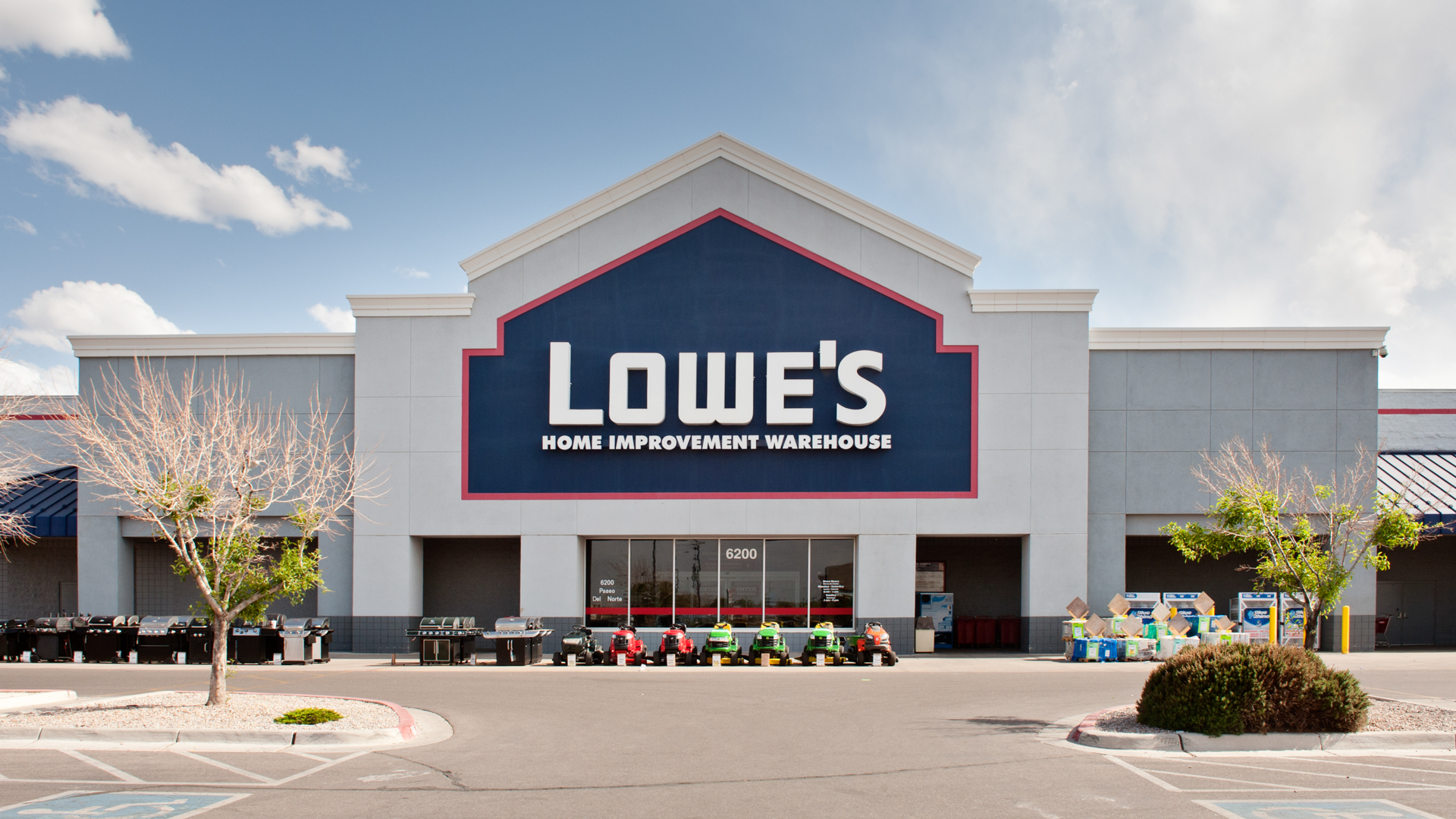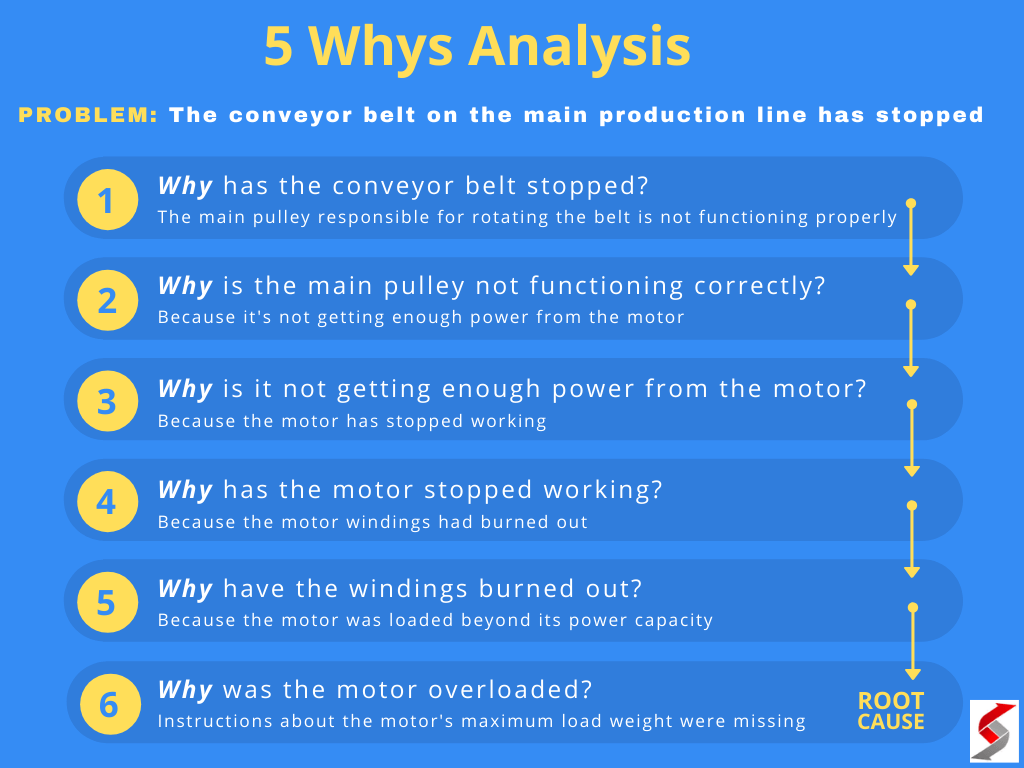Understanding CSMA/CA: The Carrier Sense Technology Powering Collision Avoidance in Wireless Networks
Introduction to Wireless Collision Avoidance
Modern wireless networks, such as Wi-Fi, rely on robust technologies to ensure smooth data transmission in environments packed with competing devices. Unlike wired networks where cables provide direct, isolated paths, wireless systems must share the same airwaves, increasing the risk of data collisions. To manage this, wireless networks deploy a specialized carrier sense technology: Carrier Sense Multiple Access with Collision Avoidance (CSMA/CA) . Understanding how CSMA/CA works, its benefits, and implementation strategies is essential for anyone seeking to optimize wireless performance or troubleshoot connectivity issues.
What is Carrier Sense Multiple Access with Collision Avoidance (CSMA/CA)?
CSMA/CA is a protocol designed to prevent data collisions before they occur in wireless networks. While wired Ethernet uses CSMA/CD (Collision Detection), wireless devices cannot easily detect collisions due to the nature of radio frequency transmission. Instead, CSMA/CA focuses on avoiding collisions altogether [1] [2] .
Here’s how CSMA/CA operates:
- Carrier Sense: Before transmitting, a device listens to the channel to check if it is free. If busy, it waits for a random period before checking again.
- Collision Avoidance: To further reduce collision probability, CSMA/CA may use a Request to Send/Clear to Send (RTS/CTS) mechanism. The device sends an RTS frame; if the channel is available, the access point responds with a CTS frame, allowing data transmission.
This approach is vital for environments where multiple devices may attempt to communicate simultaneously, such as offices, schools, and public spaces.
Why Wireless Networks Need CSMA/CA
Wireless networks face unique challenges compared to their wired counterparts. In a shared air medium, devices can’t always detect if another device is transmitting, especially if a device is out of range (the “hidden node problem”) [4] . This makes collision detection impractical, thus necessitating collision avoidance . CSMA/CA helps mitigate these issues by:
- Reducing data packet loss due to collisions
- Improving overall network throughput and reliability
- Supporting simultaneous access for multiple devices while minimizing interference
This protocol is the backbone of Wi-Fi standards (IEEE 802.11), making it a critical component in virtually every wireless local area network (WLAN).
How CSMA/CA Works: Step-by-Step Process
To understand CSMA/CA in action, consider the following step-by-step sequence when a wireless device wishes to transmit data:

Source: seapowermagazine.org
- Sense the Medium: The device checks if the wireless channel is clear.
- Wait if Busy: If another transmission is detected, the device waits for a random backoff period before rechecking.
- Initiate RTS/CTS (Optional): If the channel is clear, the device may send a Request to Send (RTS) frame to the access point.
- Receive CTS: If the access point replies with a Clear to Send (CTS) frame, the device proceeds with data transmission.
- Transmit Data: The device sends its data packet, confident that no other device will transmit at the same time.
This cycle significantly reduces the likelihood of two devices transmitting simultaneously, even in dense network environments.
Real-World Example: CSMA/CA in Wi-Fi Networks
Imagine a busy café with dozens of laptops and smartphones connected to the same Wi-Fi network. Each device uses CSMA/CA to check for a clear channel before sending data. When two users attempt to upload a file at the same moment, CSMA/CA ensures they don’t interfere by enforcing backoff timing and, if necessary, the RTS/CTS exchange. This coordination prevents frequent dropouts and maintains a smooth internet experience for everyone.
Implementation: Setting Up and Optimizing CSMA/CA
For end-users and network administrators, CSMA/CA operates automatically within the Wi-Fi standard. However, you can optimize its effectiveness through several strategies:
- Minimize Wireless Interference: Place your wireless router away from competing signals and physical obstructions.
- Adjust Channel Settings: Choose Wi-Fi channels with less interference from neighboring networks.
- Enable RTS/CTS: For environments with many devices or hidden nodes, enabling RTS/CTS on your router can further reduce collisions.
- Update Firmware: Ensure your wireless devices and routers have up-to-date firmware to benefit from the latest performance improvements.
If you experience persistent wireless collisions or drops, consult your router’s documentation or the manufacturer’s official support resources for instructions on adjusting collision avoidance settings. You may also contact your internet service provider or a certified IT specialist for advanced troubleshooting.
Challenges and Limitations of CSMA/CA
While CSMA/CA greatly improves network reliability, it isn’t without challenges:
- Hidden Node Problem: Devices outside each other’s range may not detect simultaneous transmissions, leading to occasional collisions [4] .
- Overhead from RTS/CTS: The handshake process adds latency, especially in low-traffic environments where collisions are rare.
- Scalability: In high-density settings, backoff times can increase, reducing effective throughput.
Despite these issues, CSMA/CA remains the best available solution for wireless collision avoidance. For critical applications (such as industrial automation or real-time communications), consider incorporating advanced wireless management tools or alternative protocols designed for ultra-low latency and high reliability.
Alternative Approaches and Future Trends
Researchers and engineers continually seek improvements to wireless medium access control. Some alternatives and enhancements to CSMA/CA include:
- Time Division Multiple Access (TDMA): Devices transmit in assigned time slots, eliminating contention but requiring tight synchronization.
- OFDMA (Orthogonal Frequency Division Multiple Access): Used in Wi-Fi 6 (802.11ax), this technique enables simultaneous transmissions across different frequencies, reducing collisions and improving efficiency.
- Advanced Scheduling Algorithms: Some enterprise systems implement proprietary scheduling to further reduce contention.
Wi-Fi standards continue to evolve, integrating these and other mechanisms to support ever-increasing demands for speed and reliability.
Accessing Support and Additional Resources
If you need to optimize or troubleshoot your wireless collision avoidance settings:
- Consult your wireless router’s user manual or official support portal for specific instructions on enabling or tuning collision avoidance features.
- For business or enterprise networks, you may reach out to a certified network consultant or IT provider for in-depth evaluation and optimization.
- To learn more about medium access control protocols or earn professional certifications, consider enrolling in networking courses from reputable institutions or platforms. For example, the Coursera CSMA article provides further guidance on the topic [5] .
If you are searching for authoritative technical details or troubleshooting, search for terms like “CSMA/CA Wi-Fi configuration” or “collision avoidance in wireless networks” on the official websites of your hardware manufacturer or recognized networking organizations.
Key Takeaways
CSMA/CA is the cornerstone technology that enables wireless networks to manage shared access and minimize data collisions. By understanding its principles and practical applications, you can make informed decisions on maintaining and optimizing your wireless environment. Whether you are a home user, IT professional, or business owner, leveraging CSMA/CA and related tools ensures smoother, more reliable wireless communications.
References
[2] GeeksforGeeks (2025). Carrier Sense Multiple Access (CSMA). Overview and types of CSMA protocols.

Source: militarymachine.com
[3] Wikipedia (2022). Carrier-sense multiple access. General description and variations of CSMA.
[5] Coursera (2024). What is CSMA? Introduction and practical overview of CSMA protocols.
MORE FROM gowithdeal.com













